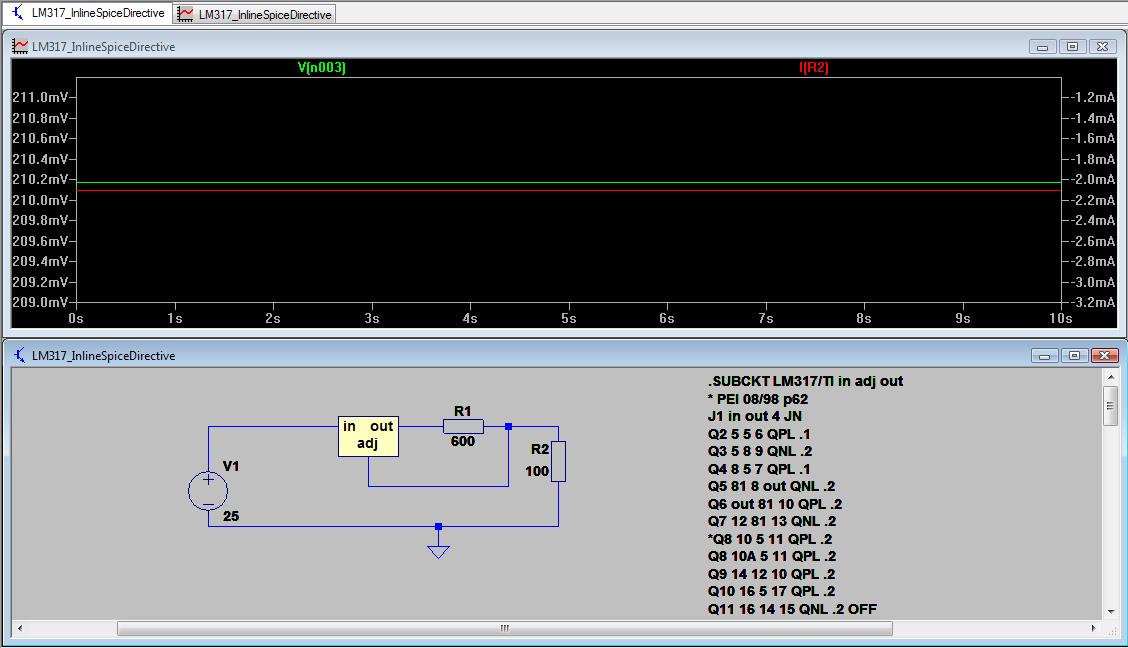swapnil14327
New Member
Hi,
I have a device which requires very low current (2-5mA) and 20V.
I tried with LM317 using but, but I am not able to get the require voltage.
I also tried with JFET but still i am not able to get the voltage..
My device's output impedance is "100 ohm"
when i connect the 100 ohm resistor as load to the LM317 or JFET circuit , i am able to get voltage in mili volts.
my input ratings are Vin = 25V / 200mA
and i want Vout = 20V / 2~5mA
in less cost..
i have heard about current regulating/limiting diodes but they are too costly.
can any one help me please..

I have a device which requires very low current (2-5mA) and 20V.
I tried with LM317 using but, but I am not able to get the require voltage.
I also tried with JFET but still i am not able to get the voltage..
My device's output impedance is "100 ohm"
when i connect the 100 ohm resistor as load to the LM317 or JFET circuit , i am able to get voltage in mili volts.
my input ratings are Vin = 25V / 200mA
and i want Vout = 20V / 2~5mA
in less cost..
i have heard about current regulating/limiting diodes but they are too costly.
can any one help me please..



